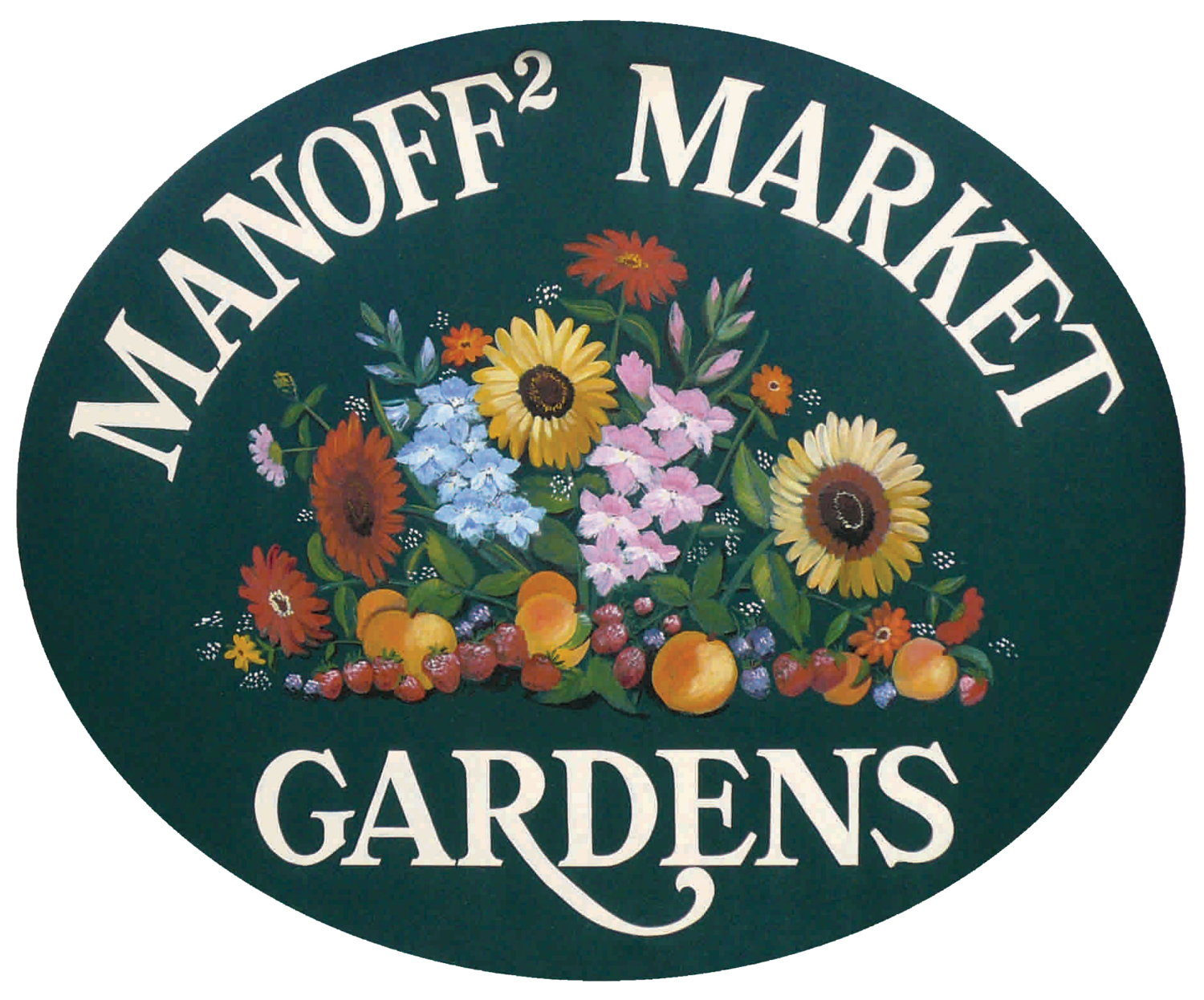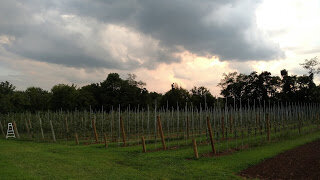Ancient Brew
Having established the Hard Cidery, a monumental effort in paperwork, new processes and products, the desire to hibernate is tempting. We all feel it, regardless of our work schedule, the days that don’t end though dark arrives, and the temperamental grinding through until we feel awoken to the first streaks of spring. The time to reflect on this past year is upon us; and to project our intentions and goals upon this impressionable New Year. In the beginning we capitalize New Year, something special, The New Year! A personal noun embodied in hopeful form, that melts in importance as the summer sun tilts in our favor again.
The store and cidery remain open. There are still barrels of hard cider to bottle, fresh cider to press, paperwork to log and organize and file, fruit tree pruning, and plans to be made for this coming years logistics and crops. The annual tea party and winter pruning classes are some events customers can expect to look forward to. Purely for educational purposes, my parents, have taken tender leave of absence as they fly to California for CiderCon, a plethora of knowledgeable agribusinesses, hobbyists, and educators in their field fermenting together in ripe confluence.
My husband and I attended the local Fruit Wine Production workshop hosted by the PA Ag Extension. The speaker was a fruit wine consultant who does huge trading with asian countries and has worked all over the world. He joked that here in the U.S. people have a problem with sulfites, when really sulfites have been used in wine making since Roman times, and their headaches probably have more to do with the alcohol than anything else. A tasty tidbit, amylase is an enzyme he mentioned, processed and sold by labs for the purpose of making fruit cider. We don't use it, but it caught my attention because this is an ancient process. Amylase is an enzyme found in human saliva, some tribes of ancient South America would chew corn to make chicha an alcoholic beverage and spit it back out to help with the fermentation process! Sometimes modern science pulls from indigenous knowledge and I have to tip my hat off. When it came to the tasting portion of the seminar there were 8 fruit wines to sample. Unfortunately, they were all horrific. Overly sweet and I suspect contained some of the additives he had been talking about such as arabic gum or casein to give them a ‘better bodied mouth feel’ the latter of which I am allergic to. I had a rough car ride home having only sipped a few, nauseous with a horrible headache. The message from this experience? I am sticking with the principle make what you like to drink! There is a huge market for these ‘dessert’ wines but more importantly for us, is the pride in making something that we enjoy drinking. You will not satisfy your sweet tooth in our hard cider. You will find a variety of dry balanced ones, and some blended semi-sweet that carry the nose of our infused berries. We are drawing from the traditions of Basque, English, and French, and American ciders. Johnny Appleseed wasn’t spreading seed, he was grafting hard cider varieties to claim territory for colonial homesteaders at a time when hard cider was a form of payment for the average laborer. By both being a part of the process of making our cider and selling it I get to see how customers respond directly. What I’ve found is that most people don’t really know what it is we are crafting.
Some top questions asked in the cidery are:
“What is hard cider?” Take fresh cider, ferment it by adding a desired yeast strain or allowing to naturally ferment with wild yeast. We take this process a step further by adding an aging process in oak and other types of barrels to lend more character to the cider. And fermentation is when the yeast eat the natural sugars in the juice and produce alcohol as a byproduct. Yes our enjoyment takes a host of microfauna.
New Hard Cider Orchard
“What apples do you use?” Right now we are using apples we already grow for the market. Mostly the baking varieties such as Goldrush, Winesap, Stayman, but we use a blend of apples as a base for our berry infused hard ciders as well as our go-to Comfort. We have hard cider specific varieties planted but we are waiting for the trees to grow and produce enough for production.
“How long does the cider process take?” Up to 1 year. Pressing begins with the apple harvest. Depending upon which variety or blend we are making, the harvest occurs between September and November, but many varieties keep in the cooler so we have the option to press throughout the winter. After pressing, comes fermenting; this can take 4-6 months, followed by our aging process usually 4-6 months.
The Cidery, a new spot to gather and share a drink during open hours.
What foods pair well with hard cider? Cheese! No surprise there. We offer a cheese and apple tray at the cidery which is a classic pairing. Cider can bring a freshness, a light touch to a meal, with a lower alcohol content than wine, moving from cider to wine before and during a meal allows versatility. I would recommend Winesap or Comfort for pairings with fish or chicken, Comfort with a Twist, and our 2-year aged Twisted Comfort are strong enough to pair with meat and would add a caramel richness to any dinner or dessert. But really, your preference is important, go with what you like! One of the benefits to this being a new industry is that some of the snobbery, I mean knowledge and tradition of wine making hasn’t made its way into hard cider yet. It really feels like the wild west in the sense that the possibilities are open. We started with hard cider that we like to drink, but in expanding to semi-sweet and infusing our berries we stumbled upon some ciders blackberry, blueberry, sour cherry, we would like to keep in the mix. Hard cider doesn’t please everyone’s palate, but for most it’s a nice option to have in rotation or if you’re like us, it becomes part of the ritual of sharing a meal around the table with family and friends.
Honestly I’ve never been asked this, but what makes our hard cider special? My husband recently came up with our slogan if we ever have one for the cidery...he was musing over this bottle of Hopped Goldrush and said, “You know, when I drink this, I’m not just drinking cider, I’m drinking a bit of your parents, it’s like their effort and energy shine through in the cider.” Crafting something that we like to drink from ingredients that we’ve grown; this is the future, a new year to savor and a new year to drink to. Cheers!



